Introduction: WordPress or Custom Code Ecommerce?
In 2025, as ecommerce continues to explode across Dubai and the UAE, one major question stands out for every business: WordPress or custom code ecommerce? The platform you choose can determine your site’s speed, flexibility, SEO success, scalability—and ultimately, your revenue.
Small startups to growing enterprises often struggle to decide: Should we go with the globally loved, easy-to-manage WordPress, or invest in a fully custom-coded ecommerce website?
This blog is your ultimate guide to making that decision.
Why This Choice Matters More in 2025
The UAE ecommerce market is projected to hit $17.2 billion in 2025 (Statista), with more brands launching online stores every day. If your site is slow, buggy, or hard to manage, you’ll lose customers to competitors—fast.
- 47% of users expect a website to load in under 2 seconds.
- 73% of UAE users browse on mobile.
- Google ranks mobile-optimized, fast, and structured websites higher.
In this context, your platform needs to be both scalable and high-performing — without breaking the bank.
WordPress for Ecommerce: What You Need to Know
WordPress is a CMS (content management system) that powers over 43% of the internet (W3Techs, 2025). For ecommerce, it uses plugins like WooCommerce to enable store functionality.
Pros of WordPress:
Quick Setup
With themes and plugins, you can launch an ecommerce site in weeks.
Cost-Effective
Basic setup is inexpensive compared to fully custom-coded builds.
User-Friendly
You don’t need to be a developer to manage your store, update products, or publish blogs.
Thousands of Plugins
Add SEO tools, payment gateways, multilingual support, and anything you need without coding.
SEO-Friendly
With the right setup and plugins like Rank Math or Yoast, you can optimize your site for Google rankings.
Cons of WordPress:
- Not built for heavy customization or large enterprise features.
- Can slow down if too many plugins are installed.
- Needs regular maintenance, security patches, and backups.
- Not 100% unique – even premium themes can look “template-like”.
Explore WordPress Website Design Services
Custom Code Ecommerce: A Tailored Approach
Custom-coded ecommerce websites are built from scratch (or with a framework like Laravel or React). Everything is designed around your specific business needs.
Pros of Custom Code:
100% Customizable
No limitations on design, logic, or features. Your site works exactly the way you want.
Ultra-Fast Performance
Built lightweight from the ground up, without extra plugin bloat.
Enterprise-Level Features
If you’re planning to integrate CRM systems, APIs, ERP tools, or have complex checkout flows — this is your best bet.
Unique User Experience
Your store won’t look like anyone else’s, helping you stand out.
Cons of Custom Code:
- More expensive upfront due to dev hours.
- Takes longer to develop (typically 6–12 weeks or more).
- Requires ongoing support from skilled developers.
- You’ll need to explain your requirements very clearly — miscommunication can cost you.
Performance Comparison
| Feature | WordPress Ecommerce | Custom Coded Ecommerce |
|---|---|---|
| Speed Optimization | Moderate (plugin-based) | High (core-optimized) |
| Design Flexibility | Limited to theme structure | Fully flexible |
| Scalability | Medium | High |
| SEO Performance | Plugin-aided | Structured for SEO |
| Cost to Launch | Low to Medium | High |
| Maintenance | Easy | Developer-dependent |
| Time to Launch | 1–3 weeks | 6–12 weeks |
Security: Which Is Safer?
Security is critical in ecommerce. WordPress is secure when maintained properly, but it’s also the most targeted CMS for hacking due to its popularity. Poorly coded plugins and outdated themes open vulnerabilities.
Custom-coded websites have a smaller attack surface and can be built with stronger security protocols from day one. But they also require consistent monitoring and updates by your dev team.
🔗 Read: How Smart Ecommerce Designs Are Helping Dubai Brands in 2025
So, Which One Is Better for Your Store?
Let’s look at the key situations:
Choose WordPress Ecommerce If:
- You’re a startup or small business with a limited budget
- You want to launch fast
- You have basic-to-moderate ecommerce needs
- You want to manage your site yourself
- You plan to grow steadily, not rapidly
Choose Custom Code Ecommerce If:
- You have complex or unique store functionality
- You expect high traffic volumes
- You want ultimate design freedom
- You can afford a higher upfront cost
- You want a long-term performance-based site
Real-Life Use Cases in the UAE
WordPress Success Example
A boutique fashion brand in Sharjah used WordPress + WooCommerce to launch an ecommerce store in under a month. With light design customization and good SEO, they generated AED 70,000+ in revenue in the first 3 months.
Custom Code Success Example
A logistics and truck parts business in Dubai built a custom ecommerce platform with multilingual support, regional pricing, and live delivery tracking. Their store handles over 20,000 monthly users with 99.98% uptime.
🔗 Read: How Slow Sites Hurt Dubai Ecommerce Sales
Final Thoughts: What Fajri Recommends
At Fajri, we work with both WordPress or custom code ecommerce platforms depending on your business goals. We start by understanding:
- Your product types
- Your traffic goals
- Your design vision
- Your budget and timeline
Then we recommend the best approach. Our mission is to help your ecommerce brand thrive — not just launch a website.







